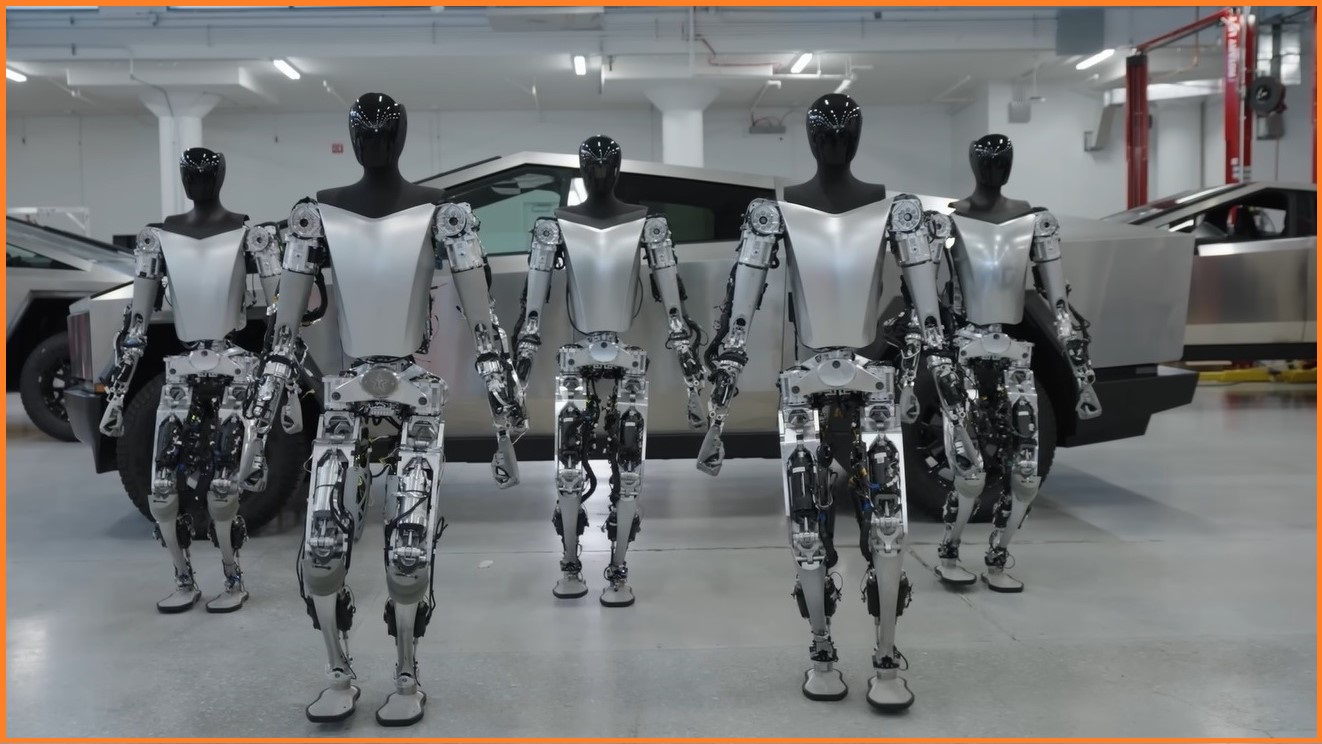Tesla is making slow progress with its humanoid robots that CEO Elon Musk expects will one day be its primary revenue source.
At this week’s Tesla annual shareholder meeting, Musk unveiled the latest video of the Optimus robots which showed the silver and black robots shuffling around on flat surfaces and picking up objects from a standing position.
The video outlined a series of features Tesla is working on with its robots including the ability to map its environment.
It’s certainly come a long way from Tesla’s first introduction of Optimus: as a person in a robot suit dancing around on stage.
Musk, who recently appointed media marketing executive Linda Yaccarino as CEO of Twitter, claimed the Optimus robots would one day be able to move around the world using the same environmental data collected with Tesla’s cars.
“That same software is transferrable to a humanoid robot,” he said.
“Humans can obviously walk around with their arms and legs but we can drive a car, fly a plane, steer a boat, ride a horse. If you have generalised real-world AI – which is what we are developing for self-driving – it can be transferred to basically anything.”
The software behind Tesla’s automated cruise control features have been notoriously unreliable.
For now, the robots are still very much in a research and development phase as the Optimus team works out how to get them navigating the world and manipulating objects using data from human motion capture.
Musk claimed each part of the Optimus robots are designed and engineered exclusively by Tesla and that off-the-shelf components for this use-case were basically non-existent.
“In order to make an effective humanoid robot you actually have to design the motors, and gearboxes, and the electronics from scratch because it’s a very different application from anything that exists,” he said.
The robots were shown near Tesla’s Cybertruck that was originally shown – and for which Tesla began taking pre-orders – in late 2019. No Cybertrucks have yet shipped.
Still, Tesla wants to one day sell humanoid robots to perform basic tasks in factories, workplaces, and around the house. It is another one of Musk’s science fiction fuelled vision of the future that, based on the current demonstration, is a long way off becoming reality.
He assumes that every human will want one and that there is extraordinary demand for the as-yet-incomplete product.
How much demand?
“I don’t know 10 billion units. It’s some crazy number,” Musk said. “It might be 20 billion units.”
“A majority of Tesla’s long-term value will be Optimus. That prediction I am very confident of.”
Musk has been caught out making unrealistic promises to investors with shareholders earlier this year launching a class action against Tesla for what they claim was misleading advertising around its cars’ self-driving capabilities.










